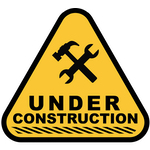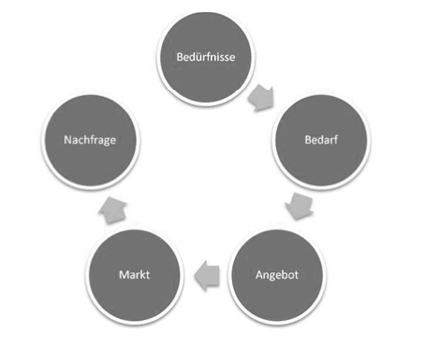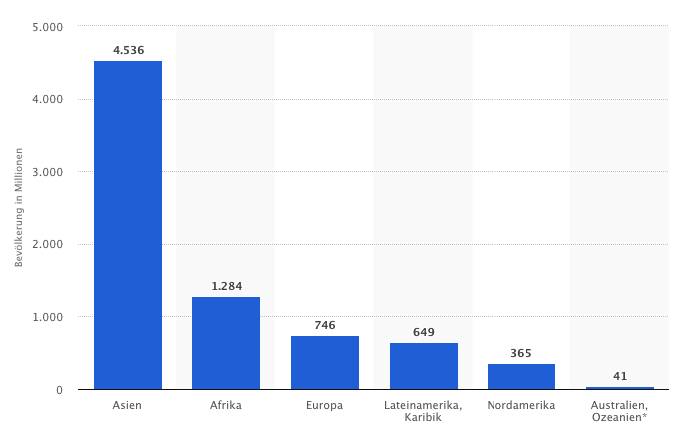Dish market
The following is a brief excerpt from the training programme for dealers and resellers on long-term focal points of the tableware market

Business definition of market
The business and economic definition is the same: A market is an institution or a place where sellers and potential buyers meet to exchange certain goods or services (so-called scarce goods) for money. In functional terms, it is therefore also said that this is where supply and demand meet. The sellers of a good are on the supply side and the buyers are on the demand side. In business economics, it is also said that the reason for the emergence of such a market is the desire to satisfy needs on the part of consumers and, in particular, the resulting demand, which meets the supply of producers on the market in the form of demand.

(Source and copyright: Project www.betriebswirtschaft-lernen.net)
Decision-making process of the market
The development of the market follows the following chronology:
- Consumer needs
- Concretised demand
- Offer preparation of the providers
- Market presence of the providers
- Satisfying consumer demand
The international crockery market
In 2019, there will be around 7.7 billion people in the world.

(Source & Copyright: DSW - statistica.com)
More than half of the world's population comes from Asia (approx. 60%) and Africa (approx. 16%). The traditional cooking and eating habits of this population structure do not involve the use of cutlery and, if at all, use chop sticks, hands and, to a lesser extent, a spoon. Only in Europe and North America - together just under 15% of the world's population - do people regularly eat hot and cold food and regularly use a knife and fork.
From these different eating habits alone, it can be deduced that the markets and their requirements for crockery are very different.
The tableware market in Europe
In terms of the quality requirements for crockery, European countries are pretty much the same - the majority of us all eat with a knife and fork. Design, colours and, above all, budgets - i.e. the amount of money spent on the product - are very different and shape the retail landscape. Germany, Switzerland and Austria are very far ahead in terms of tableware culture with their quality requirements. France, as the placeholder for culinary standards, is not nearly as strict about the quality of crockery as its smaller culinary competitor Belgium. However, all European countries have one thing in common: there must be a difference between the quality of crockery for private use and crockery for professional commercial catering. You can read more about this under "Decision criteria for porcelain".
The price - steering element of the market
If we realise today that the national, European and international markets are virtually flooded with "cheap tableware", this should, according to the above-mentioned economic definition of the "market", be justified by a corresponding demand from consumers. After all, supply is supposedly only created by demand. This is just as wrong as emission-reducing control elements for diesel vehicles are not a reaction to demand.
Just as with the diesel scandal, many manufacturers cheat with imitation porcelain and an inferior type of crockery. This is simply the result of a price war and price pressure that manufacturers are exerting on each other. The consumer may well be happy if a flight to London costs €29, a kilogramme of pork fillet €5.99, a 15 gigabyte flat rate €14.99 or a 14-piece coffee service €7.99. But the consumer himself knows that he is losing out. But consumers themselves are aware of the loss of their autonomy when they consume such products. You can't buy paraffin and regularly maintain an aeroplane with €29. If you have a mobile phone contract with the cheapest flat rate, the hotline is in India. And at €5.99 for a kilo of pork fillet, the sow can only have eaten rubbish. Crockery for €7.99 usually makes a noise in the microwave, quickly loses its shine and breaks quickly. We are happy about a "bargain" and spur on the chains and discounters to drive the price war ever further.
Let's take a good example and compare the value of a margarita pizza and a pizza plate in a restaurant.
| Criterion | Pizza Margarita | Porcelain pizza plate |
| Number of raw materials | 6 | 13 |
| Number of additives | up to 6 | up to 12 |
| Number of employees | 1 | at least approx. 30 |
| Production area | approx. 5 sqm | approx. 1,000 sqm |
| Burning time | approx. 20 min | approx. 20 h |
| Firing temperature | approx. 200 °C | at least 1,320 °C |
| Total manufacturing time | approx. 40 min | approx. 3 Tage |
| Number of utilisation | 1x | approx. 1.000x |
| Market price | approx. EUR 9,50 | approx. EUR 4,50 |
It was not the pizza chef who brought this price structure to the market through his need to "make my plate only half as expensive as a pizza"! It is the suppliers who have cannibalised themselves through their price wars to such an extent that the crockery and porcelain market is now riddled with inferior quality, imitation porcelain and poor quality goods. Private consumers can still be relatively indifferent to this, but porcelain is an important tool in commercial catering. The top priority here is to ensure hygienic safety for the guest.
